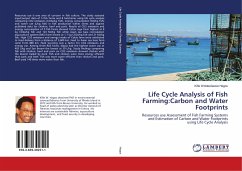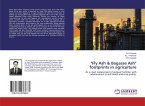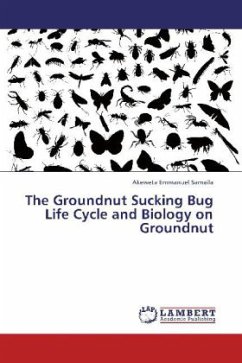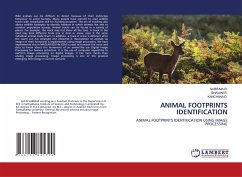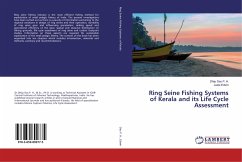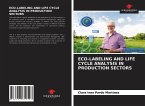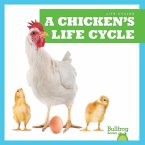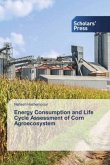Resources use is one area of concern in fish culture. The study assessed input/output data of 5 fish farms and 8 hatcheries using life cycle analysis comparing CO2 emissions (CO2e/kg fish), energy consumption (MJ/kg fish) and water use (L/kg fish) in fish production within farms and against published data for chicken, beef and pork. Results of CO2 emissions and energy consumption of 5 fish farms showed Cobia cage farm highest at 8 kg CO2e/kg fish and 123 MJ/kg fish while Asian sea bass recirculation aquaculture systems (RAS) farm lowest at 1.7 kg CO2e/kg fish and 21 MJ/kg fish. High CO2 emissions and energy intake of Cobia farm were attributed to feed delivery from a distance of 5,600 km. Feed to Asian sea bass farm came from 880 km. Feed sourcing was a factor for CO2 emissions and energy use. Among three RAS farms, tilapia had the highest water use at 403 L/kg and Sea bream the lowest at 39 L/kg. Study findings comparing fish with chicken, beef and pork on CO2 emissions showed chicken with the lowest trailed by pork. Fish and chicken were more energy efficient than pork and beef. Fish was more water efficient than chicken and pork. Beef used 140 times more water than fish.
Bitte wählen Sie Ihr Anliegen aus.
Rechnungen
Retourenschein anfordern
Bestellstatus
Storno

